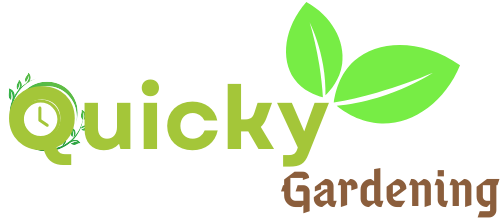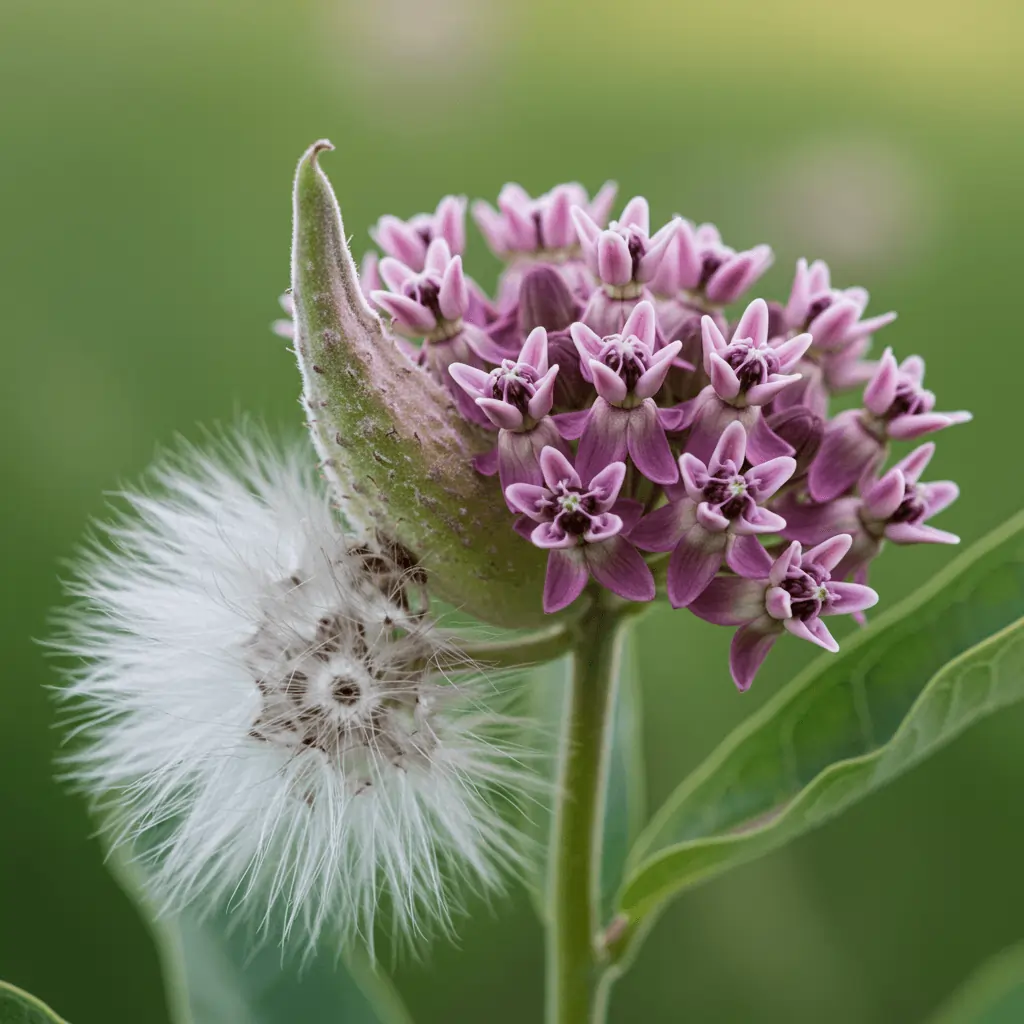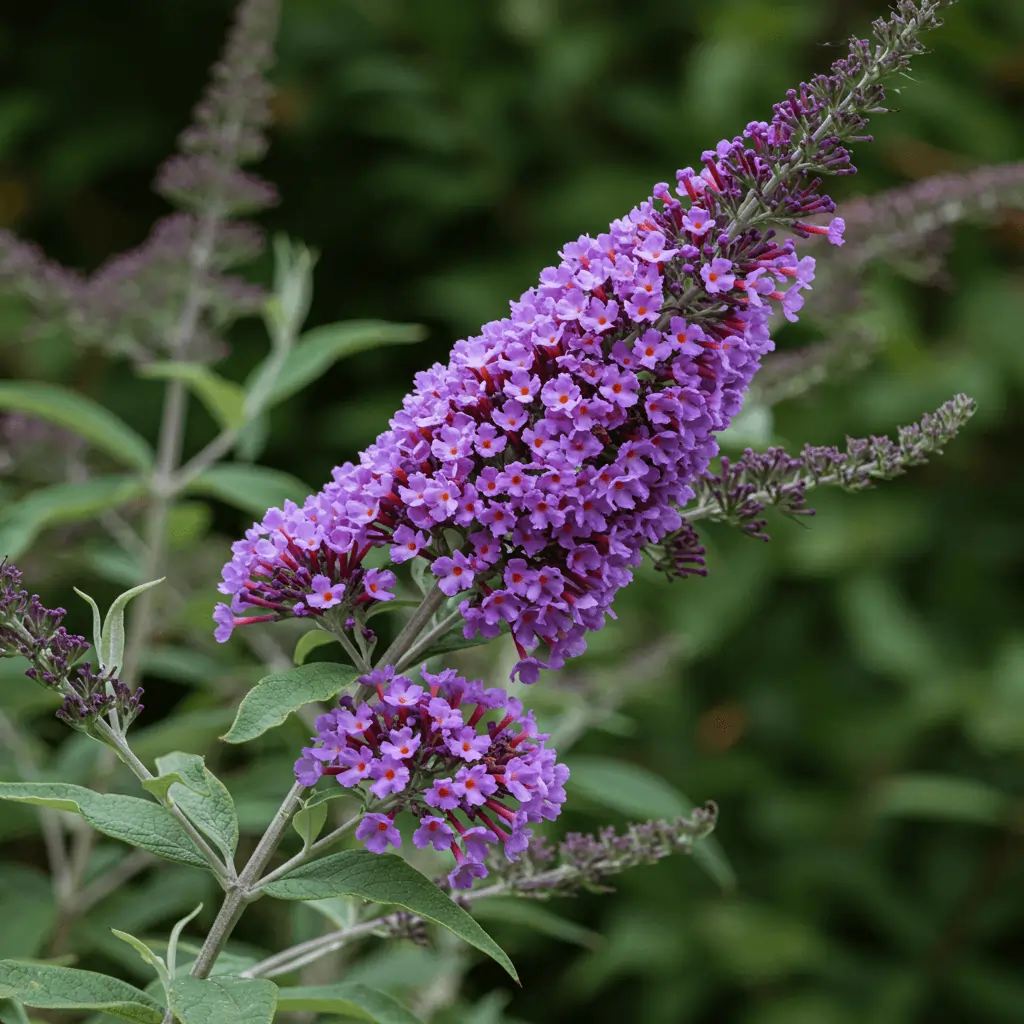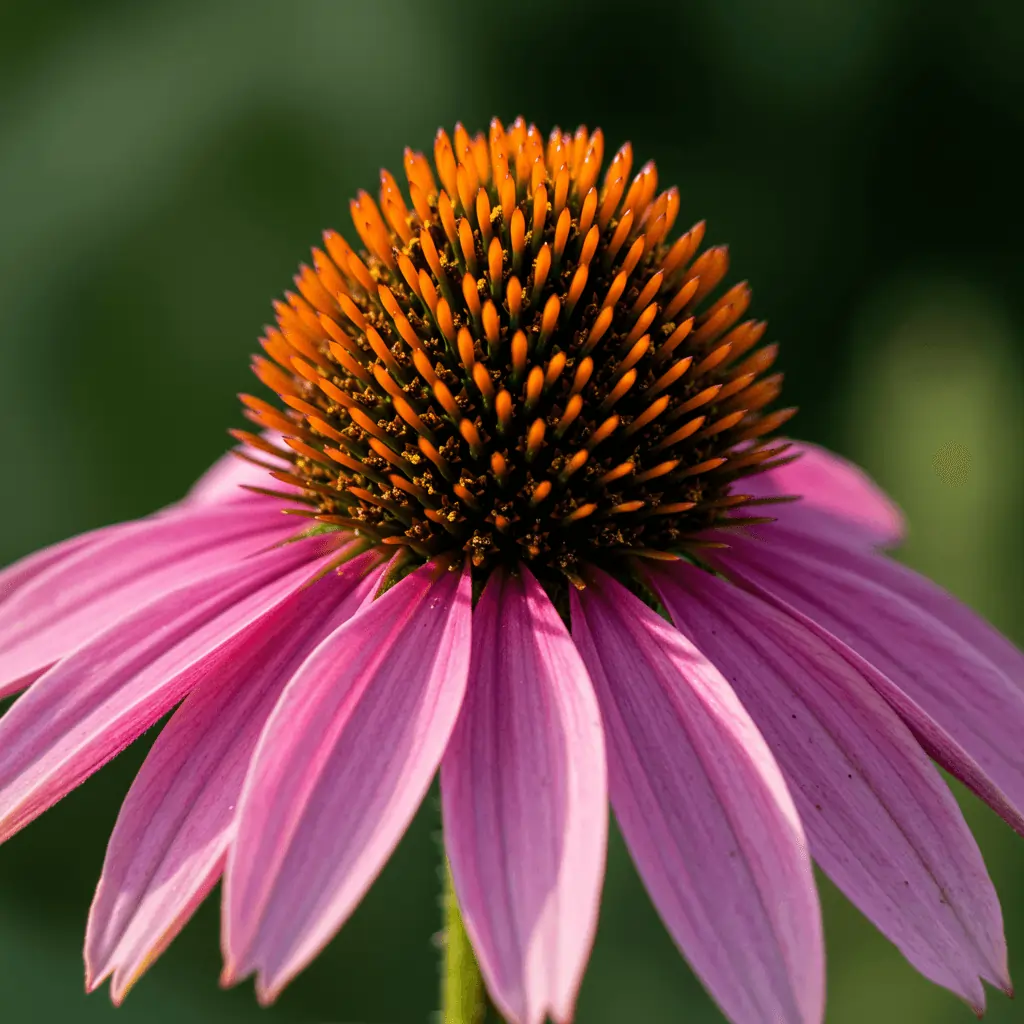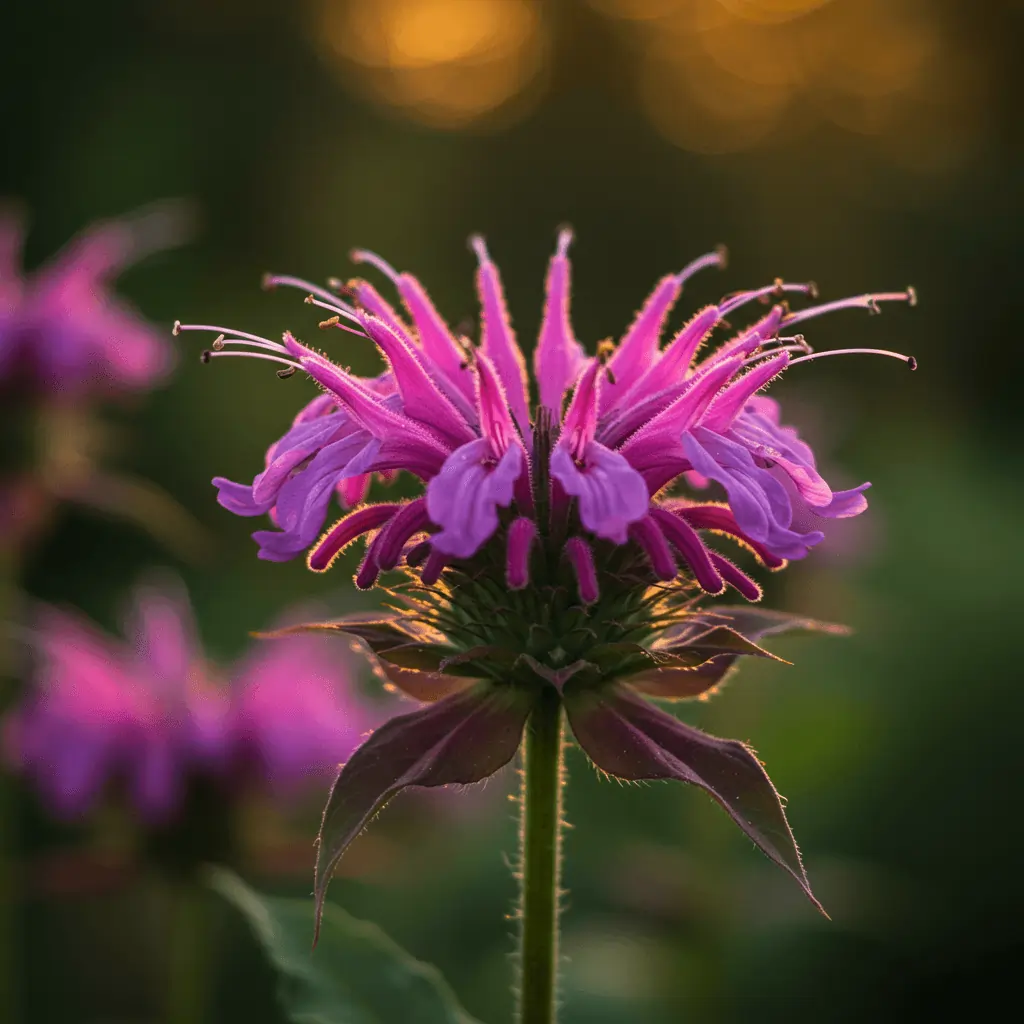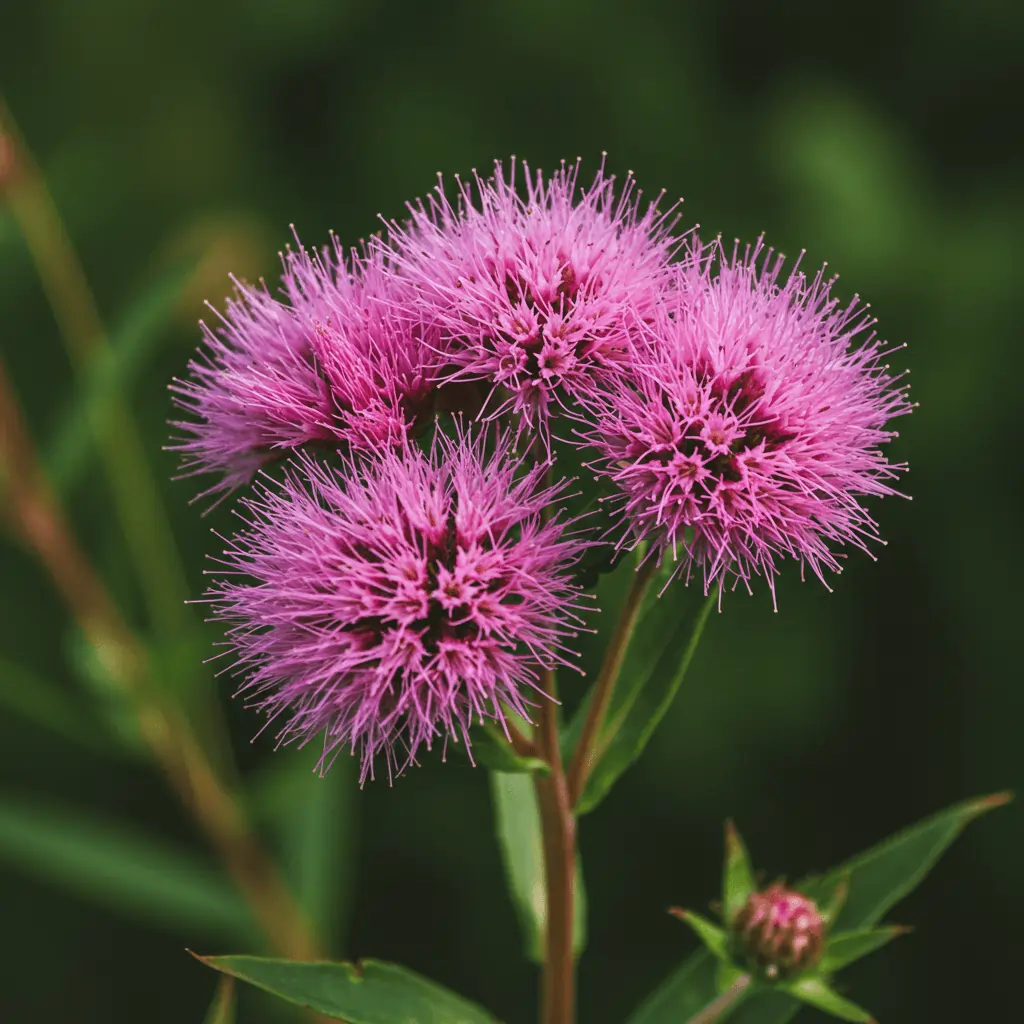A butterfly garden is a delightful addition to any outdoor space, bringing vibrant colors and the mesmerizing sight of butterflies fluttering around. Not only do butterfly plant varieties add beauty to your garden, but they also play a crucial role in supporting pollinators like bees, hummingbirds, and butterflies themselves. These plants provide essential nectar and serve as host plants for butterfly larvae, ensuring the continuation of their lifecycle.
If you want to create a pollinator-friendly garden, choosing the right butterfly plant varieties is key. In this guide, we’ll explore the top 10 butterfly plant varieties that attract pollinators while thriving in different garden conditions. Whether you have a small balcony garden or a sprawling backyard, these plants will enhance biodiversity and bring life to your outdoor space.
Why Plant a Butterfly Garden with the Right Butterfly Plant Varieties?
1. Benefits of Butterfly-Friendly Plants
Butterfly-friendly plants don’t just attract butterflies; they support a wide range of pollinators, including bees and hummingbirds. These plants contribute to a balanced ecosystem by providing food and shelter for wildlife, helping to maintain plant diversity and food production through pollination.
2. How Butterfly Plant Varieties Attract Pollinators
Most butterfly plant varieties produce brightly colored, fragrant flowers that are rich in nectar. Their blooms act as beacons, drawing pollinators in. Some species also serve as host plants where butterflies lay their eggs, ensuring future generations of these delicate creatures thrive.
3. Importance of Native Butterfly Plant Varieties
Native butterfly plant varieties are especially beneficial in butterfly gardens as they are adapted to local climates and provide the best food sources for native pollinators. They require less maintenance and contribute to a self-sustaining garden ecosystem.
Top 10 Butterfly Plant Varieties for Your Garden
1. Milkweed (Asclepias)
Milkweed is a must-have plant for attracting Monarch butterflies. It serves as a host plant for Monarch caterpillars, providing them with the only food they can consume. In addition, its fragrant blooms offer nectar for a variety of pollinators. Popular species include:
- Common Milkweed (Asclepias syriaca) – Grows well in many climates.
- Swamp Milkweed (Asclepias incarnata) – Prefers moist conditions.
- Butterfly Weed (Asclepias tuberosa) – Drought-tolerant and produces bright orange flowers.
2. Butterfly Bush (Buddleja) – A Classic Butterfly Plant Variety
As the name suggests, Butterfly Bush is a favorite among butterflies. Its elongated clusters of nectar-rich flowers bloom from summer to fall, providing a continuous food source for pollinators. This low-maintenance shrub thrives in full sun and well-drained soil, making it a great addition to any butterfly garden.
3. Coneflower (Echinacea) – A Reliable Butterfly Plant Variety
Coneflowers are long-blooming perennials known for their large, daisy-like flowers that attract butterflies, bees, and other pollinators. Their drought resistance and ability to thrive in various soil types make them ideal for both beginner and experienced gardeners. Common varieties include:
- Purple Coneflower (Echinacea purpurea) – Most popular variety, loved by pollinators.
- White Swan Coneflower – Produces elegant white blooms.
- Cheyenne Spirit Coneflower – Offers a mix of colorful blooms.
4. Bee Balm (Monarda)
Bee Balm is a pollinator magnet, attracting butterflies, hummingbirds, and bees with its fragrant, tubular flowers. This native perennial thrives in full sun to partial shade and adds a splash of color to any garden. Common varieties include:
- Scarlet Bee Balm – Known for its bright red flowers.
- Lemon Bee Balm – Features a citrusy fragrance.
- Purple Bee Balm – A favorite among Monarch butterflies.
Read More :
More Butterfly Plant Varieties That Thrive in Gardens
5. Lantana (Lantana camara) – A Heat-Tolerant Butterfly Plant Variety
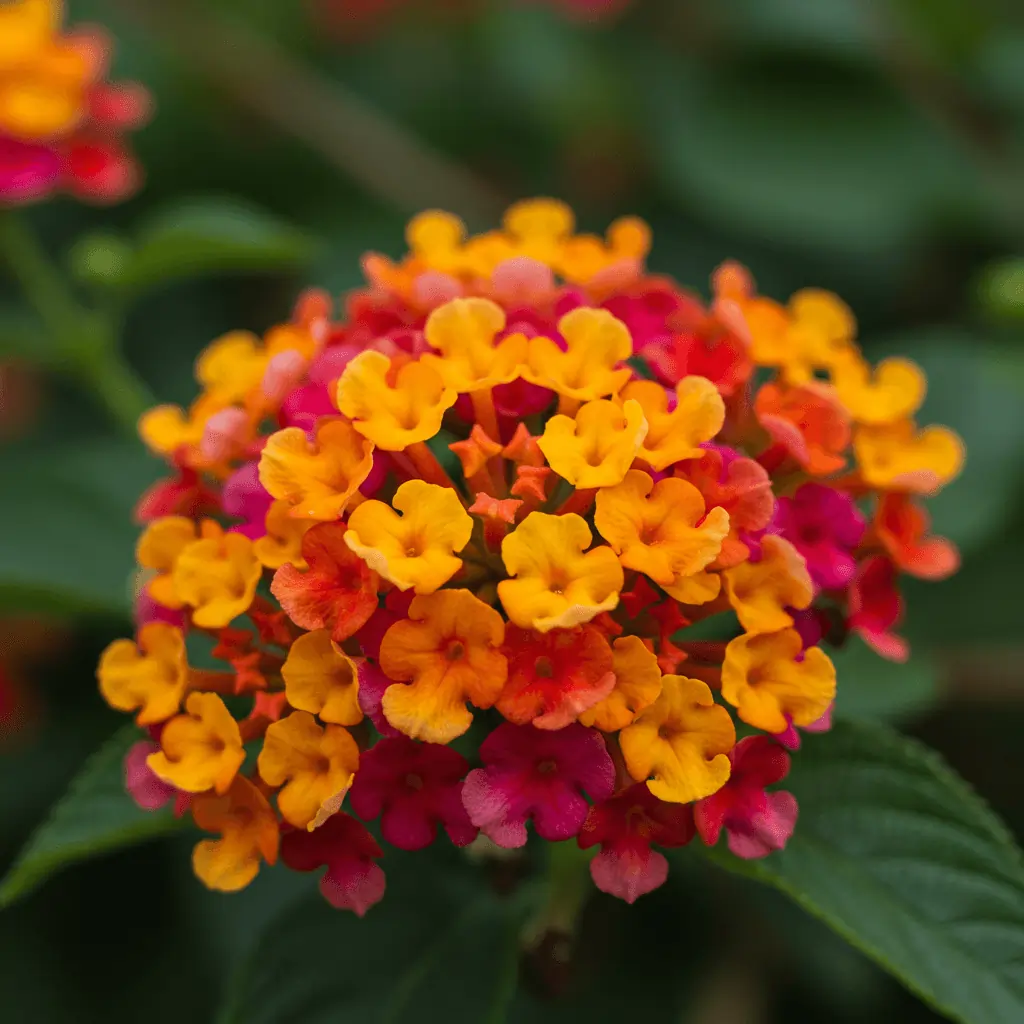
Lantana is a vibrant, heat-tolerant plant that blooms in clusters of colorful flowers throughout the growing season. Its continuous blooms provide an extended nectar source for butterflies. Lantana thrives in full sun and well-drained soil, making it perfect for containers or garden beds.
6. Black-Eyed Susan (Rudbeckia hirta)

Black-Eyed Susan is a tough, low-maintenance perennial that brightens up gardens with its golden-yellow petals and dark brown centers. These flowers are rich in nectar, attracting butterflies and bees. They thrive in various soil types and bloom from summer to fall.
7. Lavender (Lavandula) – A Fragrant Butterfly Plant Variety
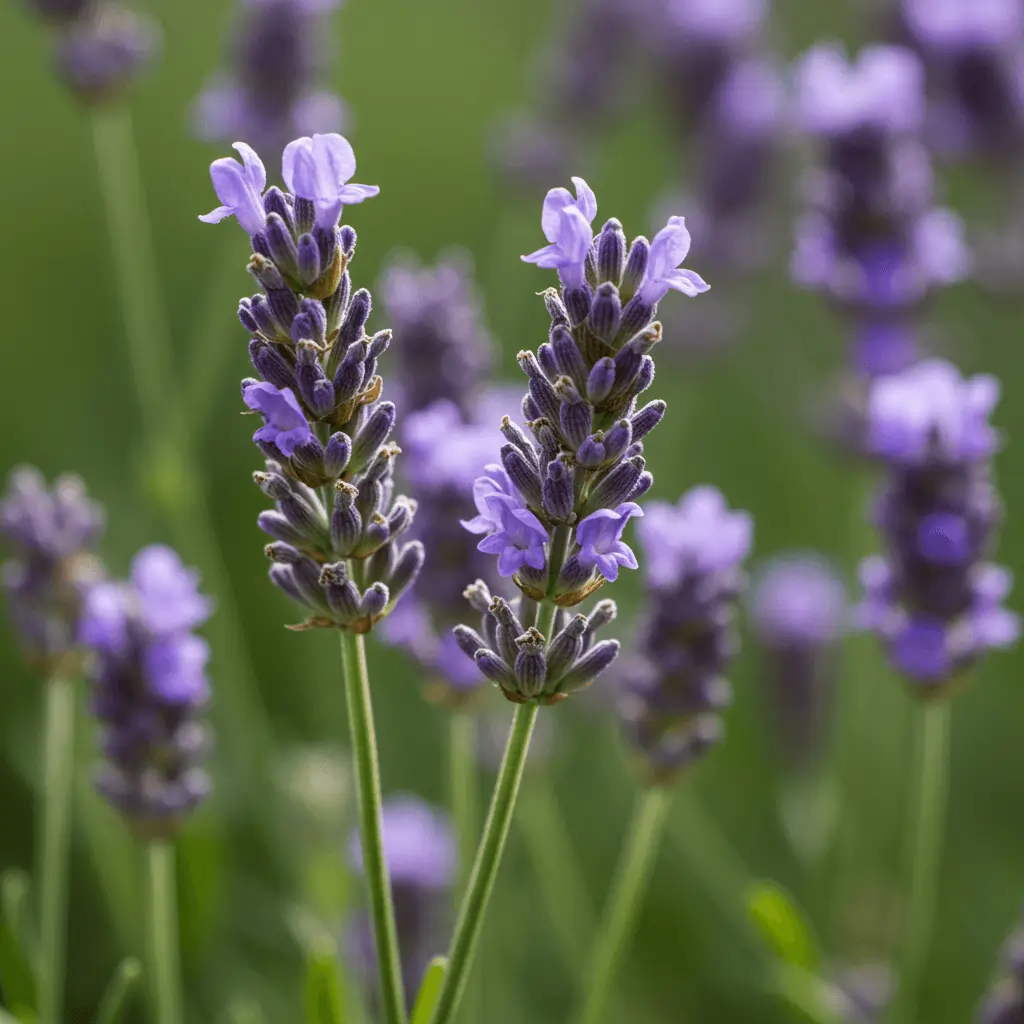
Lavender not only adds a pleasant fragrance to your garden but also serves as a strong butterfly attractor. This Mediterranean herb prefers full sun and well-drained soil. Some of the best lavender varieties for pollinators include:
- English Lavender (Lavandula angustifolia) – Highly fragrant and drought-resistant.
- Spanish Lavender (Lavandula stoechas) – Distinctive “rabbit ear” petals.
- French Lavender (Lavandula dentata) – Blooms for an extended period.
8. Verbena (Verbena bonariensis)
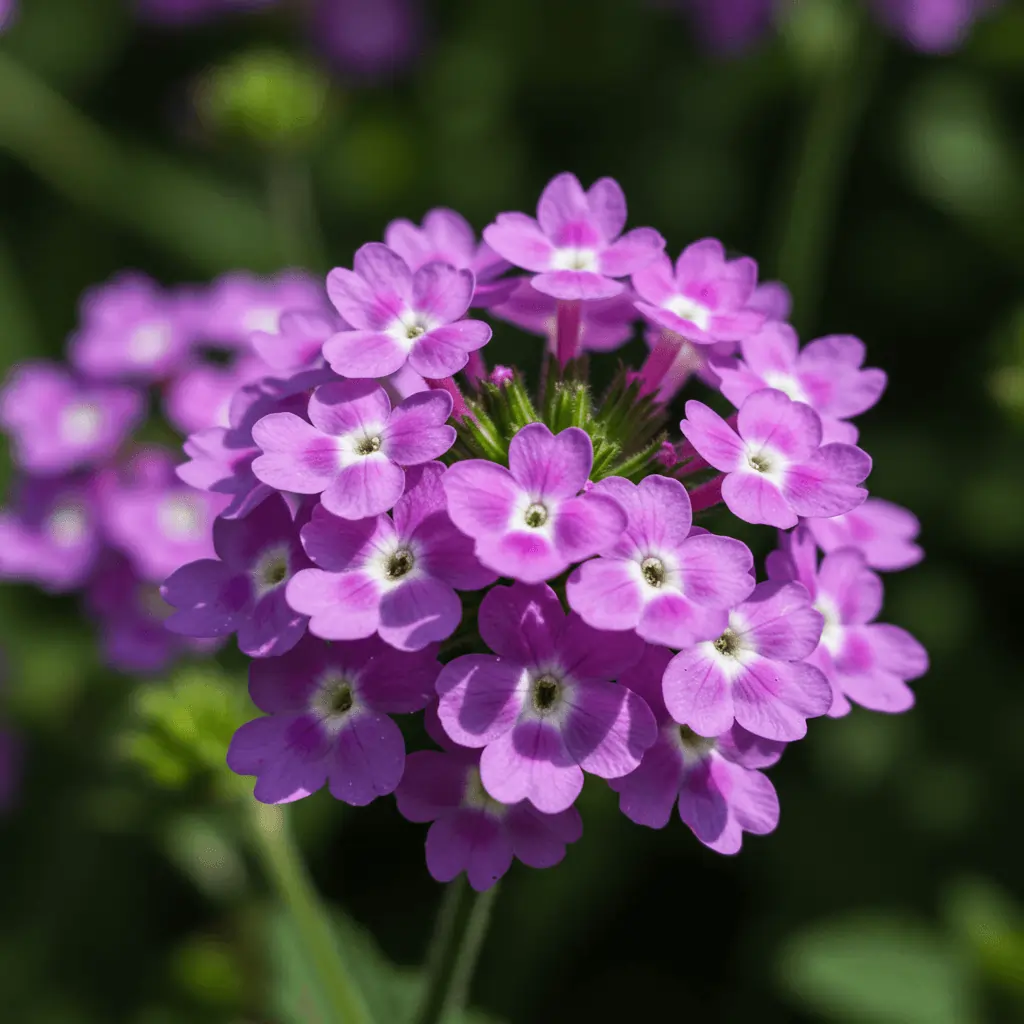
Verbena is a tall, airy plant with clusters of tiny purple flowers that attract butterflies and hummingbirds. It thrives in hot, dry conditions and blooms for months, making it an excellent choice for continuous pollinator support.
9. Joe-Pye Weed (Eutrochium purpureum)
This towering perennial is a butterfly favorite, especially for Monarchs and Swallowtails. It produces clusters of pinkish-purple flowers in late summer, providing a late-season nectar source when many other plants have stopped blooming.
10. Zinnias (Zinnia elegans)
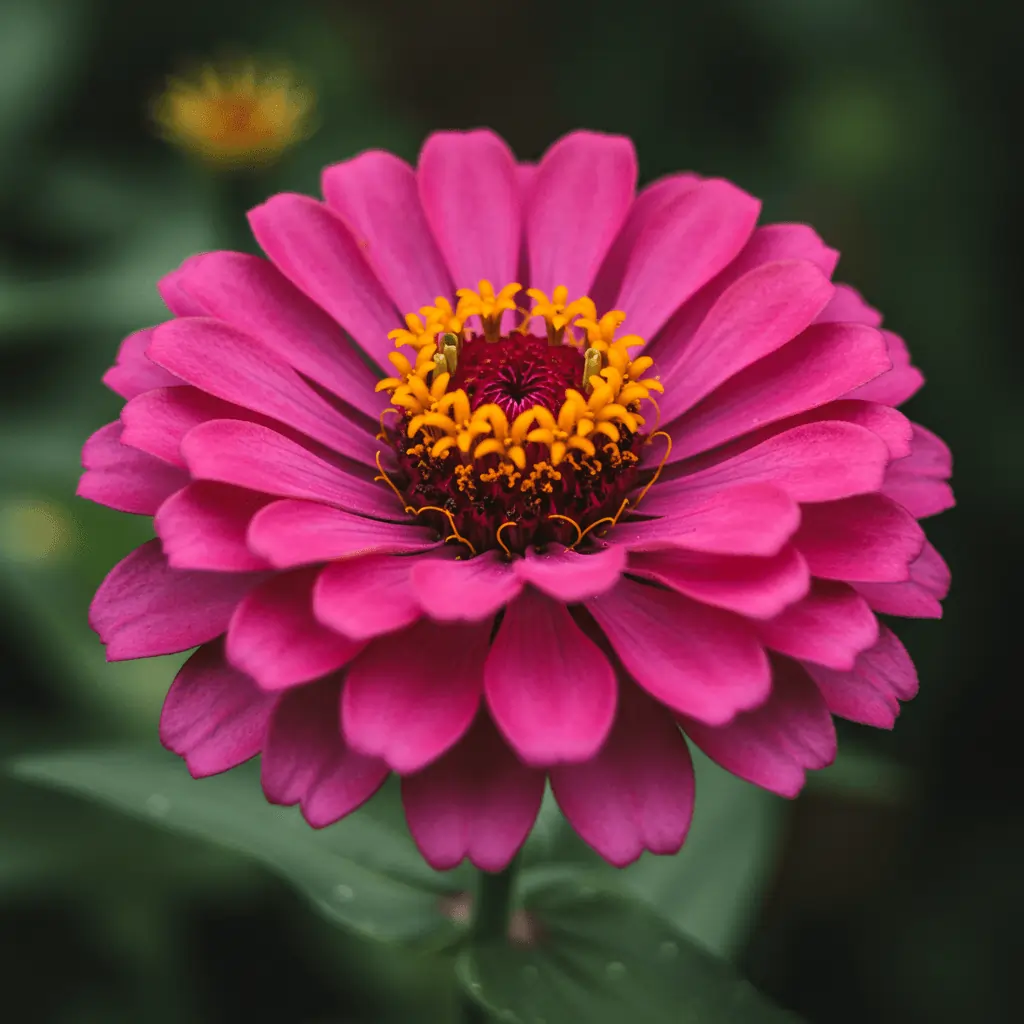
Zinnias are fast-growing annuals with bright, daisy-like flowers that come in various colors. They are excellent for attracting butterflies and other beneficial insects. Their ability to thrive in sunny locations and bloom until frost makes them a top choice for pollinator-friendly gardens.
Conclusion
A well-planned butterfly garden not only enhances the beauty of your outdoor space but also supports vital pollinators. By incorporating these top 10 butterfly plant varieties, you can create a thriving habitat that attracts butterflies, bees, and hummingbirds. Whether you are a beginner gardener or a seasoned expert, planting for pollinators is a rewarding experience.
FAQs About Butterfly Plant Varieties
1. What are the best plants to attract butterflies to my garden?
Some of the best butterfly-attracting plants include Milkweed (Asclepias), Butterfly Bush (Buddleja), Coneflower (Echinacea), Bee Balm (Monarda), Lavender (Lavandula), and Lantana (Lantana camara). These plants provide nectar and act as host plants for butterflies.
2. Why is Milkweed important for Monarch butterflies?
Milkweed (Asclepias) is the only plant that Monarch caterpillars can feed on. It serves as both a nectar source for adult butterflies and a host plant for their larvae, making it essential for Monarch butterfly survival.
3. Do butterfly plants also attract bees and hummingbirds?
Yes! Many butterfly-friendly plants, such as Bee Balm, Lavender, and Coneflower, also attract bees and hummingbirds. These plants provide nectar that supports a wide range of pollinators.
4. What is the best way to plant a butterfly garden?
To create a successful butterfly garden:
- Choose a mix of nectar-rich and host plants.
- Plant flowers in groups to attract more butterflies.
- Ensure a continuous bloom cycle by selecting plants that flower at different times.
- Provide a water source like a shallow dish with pebbles.
- Avoid using pesticides, which can harm butterflies and other pollinators.
5. Can I grow butterfly plants in pots or containers?
Yes! Many butterfly plants, such as Lantana, Lavender, Zinnias, and Bee Balm, thrive in containers. Choose a large pot with good drainage and place it in a sunny location for the best results.
6. How do I attract butterflies year-round?
To keep butterflies coming to your garden throughout the year:
- Plant seasonal flowers that bloom in different months.
- Grow a mix of perennials and annuals.
- Provide shelter, such as shrubs or small trees, where butterflies can rest.
- Keep the garden pesticide-free to maintain a safe environment.
7. What are some native plants that attract butterflies?
Native plants are ideal for butterfly gardens because they are well-adapted to local climates. Some excellent native butterfly plants include:
- Milkweed (Asclepias spp.) – Essential for Monarchs.
- Purple Coneflower (Echinacea purpurea) – Great for many pollinators.
- Joe-Pye Weed (Eutrochium purpureum) – Attracts late-season butterflies.
- Goldenrod (Solidago spp.) – Provides nectar in fall.
8. Do butterfly plants require a lot of maintenance?
Most butterfly-friendly plants are low-maintenance and thrive in natural conditions. However, regular deadheading (removing spent flowers), occasional watering, and ensuring good soil drainage will help them flourish.
9. Can I plant butterfly plants in shady areas?
Most butterfly-attracting plants prefer full sun (6+ hours of direct sunlight). However, some plants, such as Bee Balm, Joe-Pye Weed, and Wild Columbine, can tolerate partial shade.
10. How long does it take for butterflies to start visiting my garden?
Butterflies may start visiting your garden within a few weeks to a few months after planting, depending on your location, plant selection, and local butterfly populations. The key is to create a consistent nectar and host plant environment so butterflies keep coming back.
